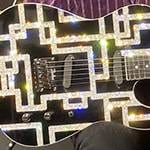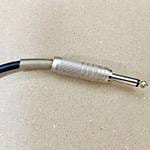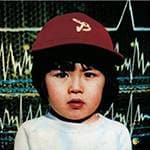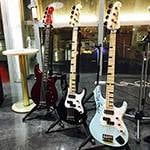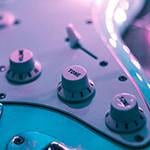This time, the focus is on the Hammond organ. The catalyst for this topic stems from my recent purchase of Yamaha's combo organ-focused keyboard, the YC61, from Sound House. This instrument is truly remarkable and feels worlds apart from the Yamaha organ I first played at 18. This got me thinking: how about tracing the history of organs, the "chronicle," and seeing how the YC61, a new era of organs, fits in?
I was amazed by the sound of the YC61. It produces a sound that is incredibly similar to a Hammond organ. While other companies also recreate the Hammond sound using sampling technology, which naturally results in a close match, the YC61 achieves this through a new sound source, marking an epoch. Moreover, it adds a unique flavor that goes beyond mere sampling.
In Part I, I'll start with the chronicle of combo organs, which began with the simulation of the Hammond organ. The main star, the YC61, will make its appearance in Part II.
■ The Hammond Organ: The Icon of Organs
In the world of music, the term "organ" is almost synonymous with the Hammond organ. Countless musicians have made use of this iconic instrument. In rock, it's been played by legends such as Jon Lord of Deep Purple, Keith Emerson of ELP, Rick Wakeman and Tony Kaye of Yes, Rick Wright of Pink Floyd, and Steve Porcaro and David Paich of TOTO.
In the jazz world, notable names include Jimmy Smith, Joey DeFrancesco, John Medeski, Lonnie Foster, Larry Young, and Larry Goldings, among many others. The sheer number of musicians who have used the Hammond organ is a testament to its universal and timeless sound.
■ The Endless Evolution of Combo Organs
I started playing keyboard instruments back in 1977, several decades ago, when I was a university student. I joined the music club, and the first keyboard I ever touched was Yamaha’s YC10 combo organ. It had a single manual, and the top of the body also served as a case lid. When you removed the lid, the keyboard would appear. It was an old, worn-out instrument, having been passed down from one keyboard player to the next. The sound had a distinct '60s group sound vibe, completely different from a Hammond organ.
The lid housed a sturdy L-shaped stand that could be attached to the organ itself with screws. It was quite heavy too. Back in 1977, Yamaha’s top-of-the-line organ was the YC45D, which featured dual manuals and was used by famous keyboardists, including Miles Davis. Its sound was not quite like a Hammond; I remember it being more "plastic" in tone. At that time, the YC45D was priced around 600,000 yen and weighed about 60 kilograms. It was Yamaha’s flagship model and a dream instrument for many.
After releasing the YC45D, Yamaha stopped producing combo organs for a long time. It wasn't until 2015, with the release of the Reface YC, that Yamaha reentered the organ market—nearly 40 years later.
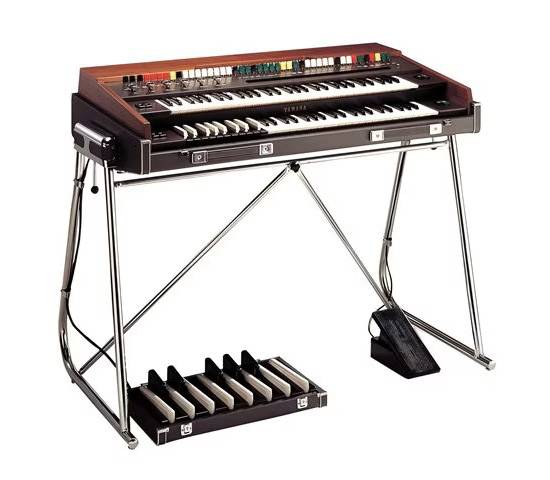
Yamaha YC45D (Source: Yamaha Website)
■ The Long Journey of Combo Organ Development
The evolution of combo organs in Japan has closely mirrored advancements in technology, much like synthesizers. Electric and electronic instruments depend heavily on modern cutting-edge technologies like memory chips, LSIs, and semiconductors.
When creating combo organs, the most universally influential instrument is the Hammond organ. Since the 1970s, Japanese companies have been producing combo organs that simulate the Hammond organ. However, throughout the manufacturing process, they faced various challenges and obstacles.
■ A Battle Against Weight—and, of Course, Sound
Portable electric organs are said to have originated from pipe organs, which are typically installed in churches and can't be moved. The Hammond organ was developed as a simplified, smaller alternative that could be used even in churches without pipe organs.
The Hammond organ produces sound by spinning small discs known as tonewheels. Many Hammond organs feature dual manuals, and with each key requiring its own tonewheel, the weight quickly becomes enormous. While the Hammond organ was considered portable, it still weighed well over 100 kg. On top of that, to produce the signature Hammond sound, a specialized speaker known as the Leslie speaker was required.
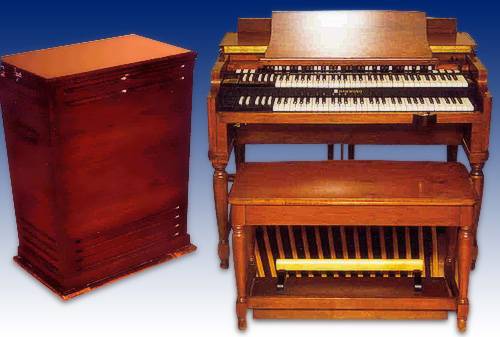
Hammond Organ B-3 and Leslie Speaker, CC BY-SA 3.0 DEED (Cited from Wikipedia)
■ What is a Leslie Speaker?
The Leslie speaker resembles a wooden cabinet. Inside, the top section contains a pair of horn-shaped speakers attached to a motor that allows them to rotate. This rotation creates a tremolo effect. Additionally, the lower section features a woofer speaker, where the sound is modulated by a rotating metal horn to generate a similar tremolo effect (see diagram below).
When playing a Hammond organ, the musician controls the speed of the Leslie speaker’s rotation, adjusting between fast and slow to manipulate the tremolo effect. Turning the tremolo on and off is also a crucial aspect, requiring the player's sense of timing and musicality.
The sound produced by the Hammond organ through the Leslie speaker is famously warm and hard to describe, making it beloved by many musicians.
Despite its remarkable sound, the Leslie speaker had a significant drawback: its weight, much like the Hammond organ itself.
The heaviest instrument I ever had to transport was the Fender Rhodes electric piano, followed closely by the Leslie speaker. The Fender Rhodes had handles on both sides, so two people could carry it with some effort. However, the Leslie speaker was simply a wooden box with no handles, and it weighed over 50 kg! It was extremely awkward to carry. The trick was to tilt it slightly and have two people lift it by its shorter sides, but even with that, it was still incredibly cumbersome. No organ player could easily transport it alone. To fully showcase the beauty of a Hammond organ, a Leslie speaker was essential, but moving both the Hammond and Leslie on your own to a performance venue was simply impossible. It was truly a burden for musicians.
Fortunately, the tides of time favored these difficult-to-transport instruments with the advent of sampling technology. This innovation spurred the development of combo organs, alleviating the need for such heavy equipment.
More about sampling and combo organs in Part II... Stay tuned!
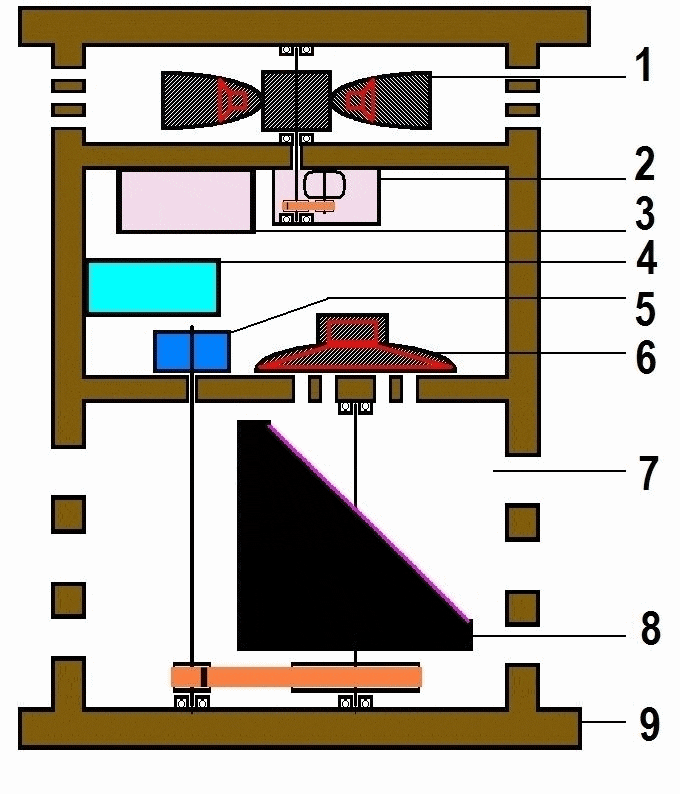
(*Leslie Speaker Cross-section (Image), CC BY-SA 3.0 DEED (cited from Wikipedia)
The “sound & person” column is made up of contributions from you.
For details about contributing, click here.





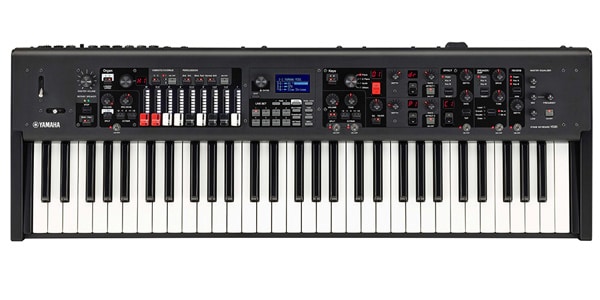


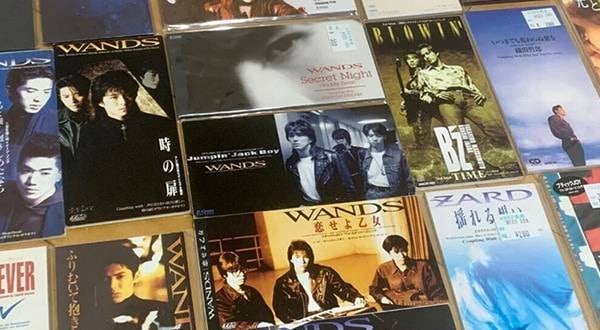
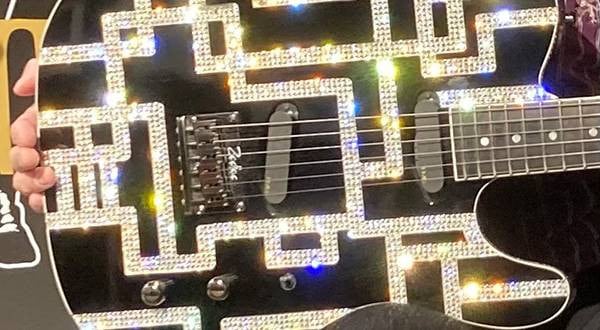
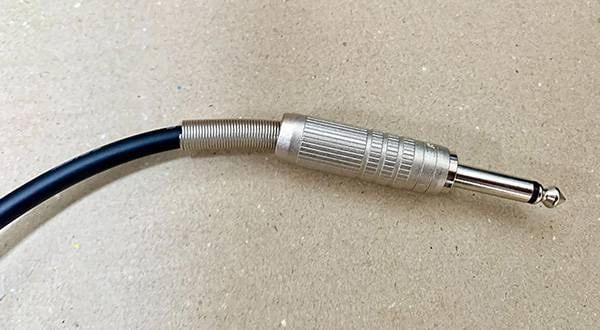

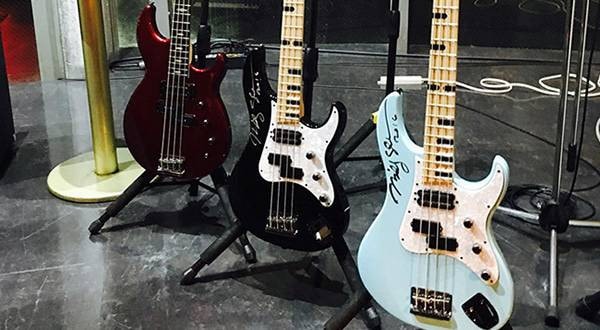
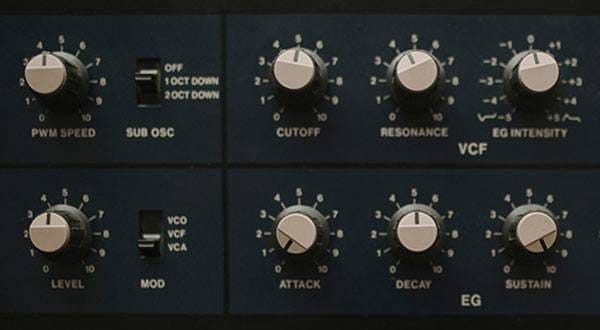



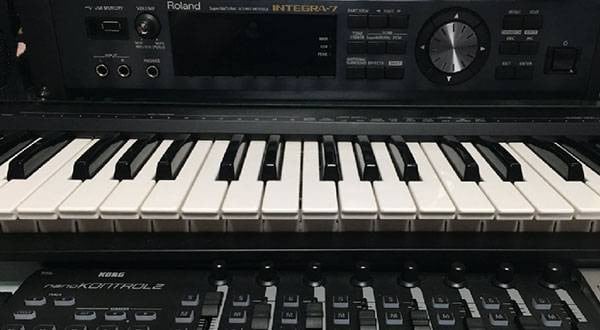

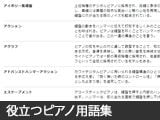 自分にあったピアノを選ぼう!役立つピアノ用語集
自分にあったピアノを選ぼう!役立つピアノ用語集
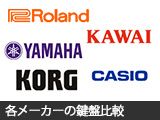 各メーカーの鍵盤比較
各メーカーの鍵盤比較
 まずは弾いてみよう!楽譜の読み方
まずは弾いてみよう!楽譜の読み方
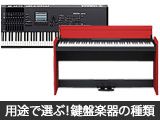 用途で選ぶ!鍵盤楽器の種類
用途で選ぶ!鍵盤楽器の種類
 キーボードスタートガイド
キーボードスタートガイド
 キーボード・ピアノ講座
キーボード・ピアノ講座

